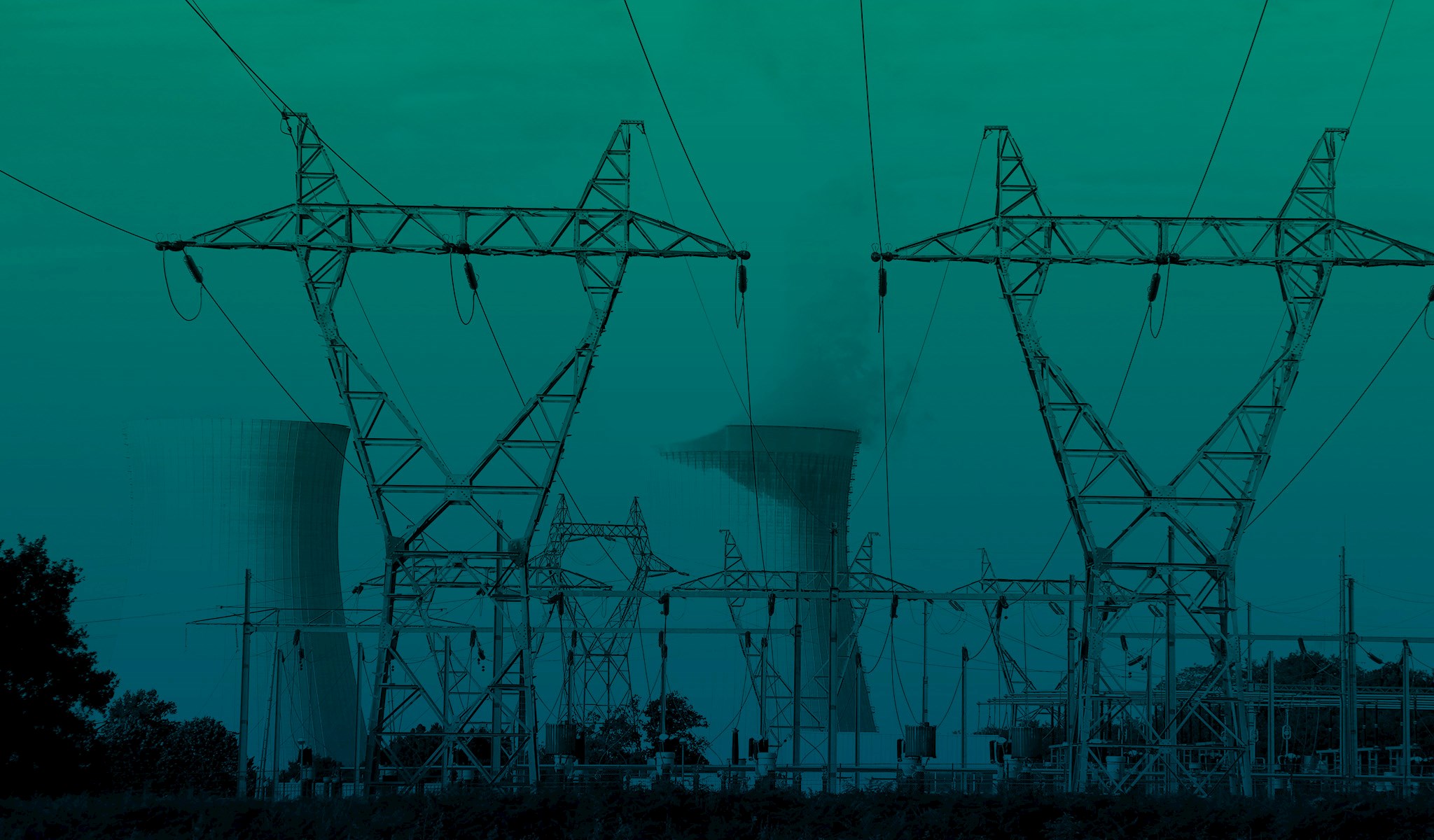According to William Blair’s equity research group head for energy and power technologies, Jed Dorsheimer, the world stands upon the threshold of a new era in nuclear power. For nearly three-quarters of a century, conventional reactors have supplied humanity with the most concentrated and reliable form of energy today. Yet the next generation of nuclear technology (advanced and small modular reactors or SMRs) promises to carry this achievement further, restoring energy sovereignty, strengthening the industrial base, and re-anchoring the modern economy upon firm thermodynamic foundations.
The renewed interest in nuclear energy is not an aberration. It reflects a deeper recognition that the architecture of prosperity rests upon access to dense, continuous power. Over the past half-century, much of the industrial world drifted toward an energy-light model, outsourcing the very processes that underpin real economic value. This system, supported by cheap hydrocarbons abroad and by the illusion of financial abundance at home, is now yielding to a world where the true cost of energy is once again apparent.
Nuclear energy stands as the highest expression of thermodynamic and economic order. The recommissioning of existing reactors demonstrates an energy return on investment of approximately 53:1, among the most efficient energy conversions in modern history, and far exceeding the 7:1 threshold required for sustained economic vitality. Small modular reactors represent the efficiency promise, as well as a profound advance in flexibility, safety, and manufacturability. Their modular architecture allows for serial production, lower capital intensity, and gradual deployment, making them an essential complement to uprated and recommissioned plants. While their energy return may be somewhat lower than the legacy fleet, it remains well above the economic breakeven point, ensuring genuine value creation rather than nominal growth. In uniting high thermodynamic efficiency with industrial scalability, SMRs extend the reach of nuclear energy to the permanence of firm baseload power.
The most profound change, however, lies in the philosophy of safety. Where earlier generations relied upon intricate mechanical and human systems to forestall accidents, these new designs integrate safety into the physics of the reactor itself. Many operate at atmospheric pressure, removing the risk of catastrophic vessel rupture. Their passive systems permit automatic cooling and shutdown without external power or human command. In several advanced configurations, the geometry and materials make runaway reactions physically impossible. In this way, safety evolves from a procedural requirement into a structural law.
At the heart of these innovations is a transformation in fuel. Advanced reactors draw their strength from high-assay low-enriched uranium, or HALEU, enriched between five and twenty percent. This fuel allows smaller cores, longer lifespans, and higher burn-up rates, producing far more energy per unit of material. Yet herein lies the immediate challenge. The United States, once the world’s leading source of enrichment capacity, now operates at barely one-third of its domestic requirement, with much of its supply dependent upon foreign sources including Russia and China. To realize the promise of advanced nuclear energy, the nation must rebuild this capability, both to serve its fleet and to secure its independence. Enrichment, measured in separative work units, has thus become not merely a technical process but a measure of strategic sovereignty.
For more information on related investment opportunities and insights, please listen to our podcast, Plugged In With Jed Dorsheimer, Untangling Nuclear’s Supply Chain with Centrus CEO Amir Vexler.



